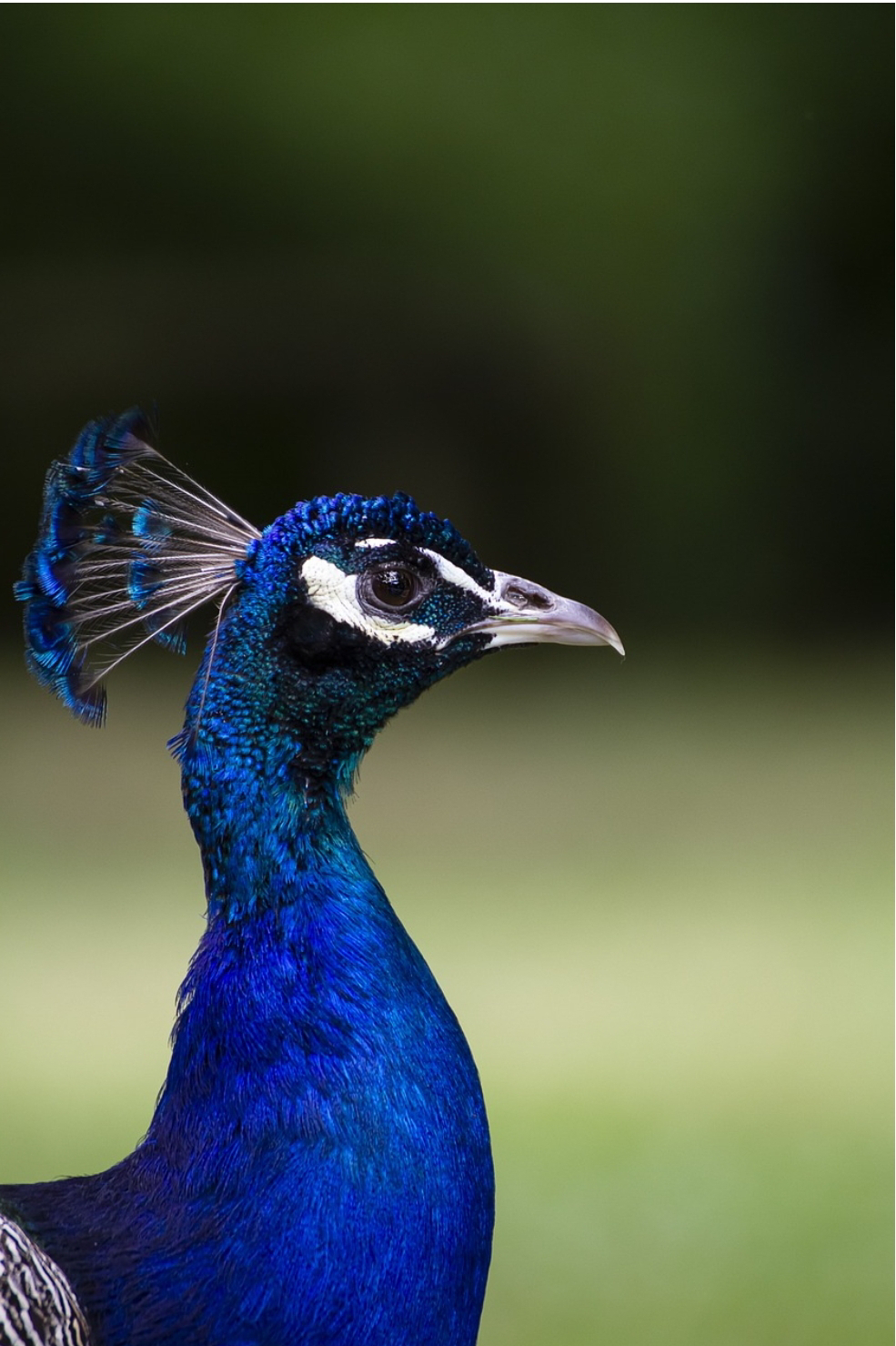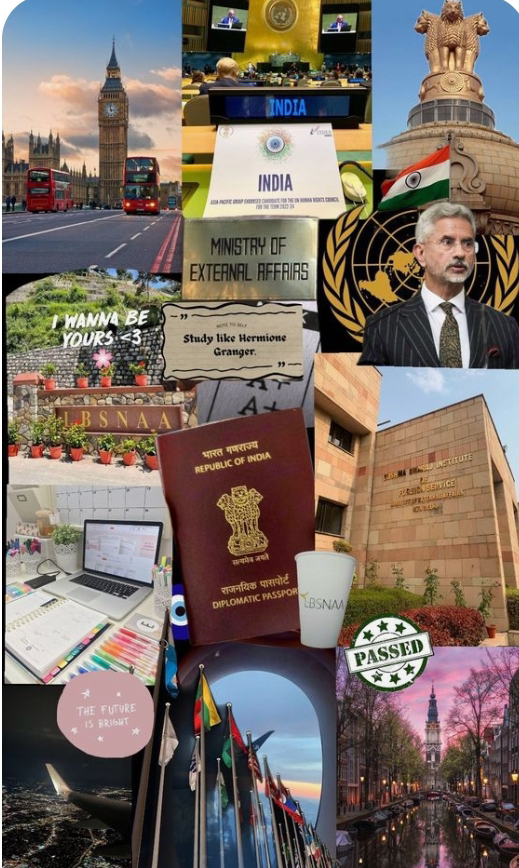some General Knowledge questions and solutions about Peacocks:
*Biology and Characteristics*
1. What is the scientific identify of the peacock?
Answer: Pavo cristatus.
2. What is the standard lifespan of a peacock?
Answer: 20-30 years.
3. How lengthy is a peacock's tail?
Answer: Up to 6 toes (1.8 meters).
*Habitat and Distribution*
1. Where are peacocks native to?
Answer: South Asia (India, Sri Lanka).
2. What kind of habitat do peacocks prefer?
Answer: Forests, grasslands.
3. Have peacocks been added to different countries?
Answer: Yes, Europe, North America.
*Behavior and Mating*
1. Why do peacocks show their tails?
Answer: Mating, courtship.
2. How do peacocks appeal to mates?
Answer: Vibrant plumage, calls.
3. What is special about peacock courtship?
Answer: The male's complicated display.
*Cultural Significance*
1. What is the country wide chicken of India?
Answer: Peacock.
2. What symbolizes the peacock in Chinese culture?
Answer: Good fortune.
*Conservation Status*
1. Is the peacock endangered?
Answer: No, however vulnerable.
2. What threatens peacock populations?
Answer: Habitat loss, hunting.
3. Are peacocks protected?
Answer: Yes, in some areas.
*Interesting Facts*
1. Can peacocks fly?
Answer: Yes, brief distances.
2. How speedy can peacocks run?
Answer: Up to sixteen km/h.
3. What is special about peacock feathers?
Answer: Iridescent colors.
यहाँ मोर के बारे में कुछ सामान्य ज्ञान प्रश्न और समाधान दिए गए हैं:
*जीव विज्ञान और विशेषताएँ*
1. मोर की वैज्ञानिक पहचान क्या है?
उत्तर: पावो क्रिस्टेटस।
2. मोर का सामान्य जीवनकाल कितना होता है?
उत्तर: 20-30 वर्ष।
3. मोर की पूँछ कितनी लंबी होती है?
उत्तर: 6 पंजे (1.8 मीटर) तक।
*निवास और वितरण*
1. मोर कहाँ के मूल निवासी हैं?
उत्तर: दक्षिण एशिया (भारत, श्रीलंका)।
2. मोर किस तरह के निवास स्थान को पसंद करते हैं?
उत्तर: जंगल, घास के मैदान।
3. क्या मोर को अलग-अलग देशों में जोड़ा गया है?
उत्तर: हाँ, यूरोप, उत्तरी अमेरिका।
*व्यवहार और संभोग*
1. मोर अपनी पूँछ क्यों दिखाते हैं?
उत्तर: संभोग, प्रणय निवेदन।
2. मोर साथी को कैसे आकर्षित करते हैं?
उत्तर: चमकीले पंख, आवाज़ें।
3. मोर के प्रणय-प्रसंग में क्या खास है?
उत्तर: नर का जटिल प्रदर्शन।
*सांस्कृतिक महत्व*
1. भारत का देशव्यापी मुर्गा कौन-सा है?
उत्तर: मोर।
2. चीनी संस्कृति में मोर किसका प्रतीक है?
उत्तर: सौभाग्य।
*संरक्षण स्थिति*
1. क्या मोर खतरे में है?
उत्तर: नहीं, लेकिन कमज़ोर है।
2. मोर की आबादी को किससे खतरा है?
उत्तर: आवास का नुकसान, शिकार।
3. क्या मोर संरक्षित हैं?
उत्तर: हाँ, कुछ क्षेत्रों में।
*रोचक तथ्य*
1. क्या मोर उड़ सकते हैं?
उत्तर: हाँ, कम दूरी तक।
2. मोर कितनी तेजी से दौड़ सकते हैं?
उत्तर: सोलह किलोमीटर प्रति घंटे तक।
3. मोर के पंखों में क्या खासियत है?
उत्तर: इंद्रधनुषी रंग।
yahaan mor ke baare mein kuchh saamaany gyaan prashn aur samaadhaan die gae hain:
*jeev vigyaan aur visheshataen*
1. mor kee vaigyaanik pahachaan kya hai?
uttar: paavo kristetas.
2. mor ka saamaany jeevanakaal kitana hota hai?
uttar: 20-30 varsh.
3. mor kee poonchh kitanee lambee hotee hai?
uttar: 6 panje (1.8 meetar) tak.
*nivaas aur vitaran*
1. mor kahaan ke mool nivaasee hain?
uttar: dakshin eshiya (bhaarat, shreelanka).
2. mor kis tarah ke nivaas sthaan ko pasand karate hain?
uttar: jangal, ghaas ke maidaan.
3. kya mor ko alag-alag deshon mein joda gaya hai?
uttar: haan, yoorop, uttaree amerika.
*vyavahaar aur sambhog*
1. mor apanee poonchh kyon dikhaate hain?
uttar: sambhog, pranay nivedan.
2. mor saathee ko kaise aakarshit karate hain?
uttar: chamakeele pankh, aavaazen.
3. mor ke pranay-prasang mein kya khaas hai?
uttar: nar ka jatil pradarshan.
*saanskrtik mahatv*
1. bhaarat ka deshavyaapee murga kaun-sa hai?
uttar: mor.
2. cheenee sanskrti mein mor kisaka prateek hai?
uttar: saubhaagy.
*sanrakshan sthiti*
1. kya mor khatare mein hai?
uttar: nahin, lekin kamazor hai.
2. mor kee aabaadee ko kisase khatara hai?
uttar: aavaas ka nukasaan, shikaar.
3. kya mor sanrakshit hain?
uttar: haan, kuchh kshetron mein.
*rochak tathy*
1. kya mor ud sakate hain?
uttar: haan, kam dooree tak.
2. mor kitanee tejee se daud sakate hain?
uttar: solah kilomeetar prati ghante tak.
3. mor ke pankhon mein kya khaasiyat hai?
uttar: indradhanushee rang.
atirikt prashn ya anokhe vishay chaahate hain?






Comments
Post a Comment